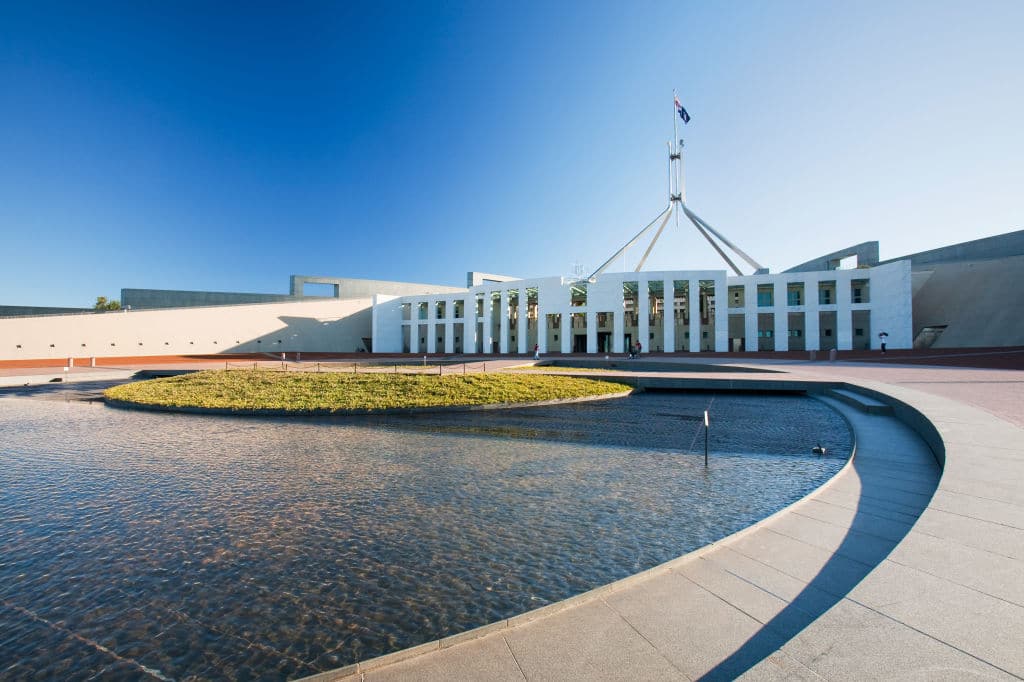Former Chief Minister Jon Stanhope argued this week that it’s time to consider establishing local councils in Canberra. Is this a good idea?
Local government exists in every part of Australia, except the ACT. However, when self-government was thrust onto a reluctant population here in 1989, it was decided that both state and local government functions would be rolled into the one decision-making body, the new Legislative Assembly. Our MLAs are, accordingly, charged with responsibilities as diverse as fixing potholes and appointing Supreme Court judges. They are, effectively, both members of parliament and municipal councillors.
This arrangement makes the ACT the most under-governed jurisdiction in the land. Counting all three tiers of government, just a few years ago there was one politician for every 12,850 Canberrans, whereas there was one politician for every 756 Tasmanians. In this sense, local government here would hardly be overkill.
Stanhope’s argument, however, is that we need local government as a counterweight to the considerable power exercised by the Territory’s Labor government. Checks and balances are a healthy feature of democracy, particularly where one party has ruled the city for the last 20 years.
This is particularly true of planning. Mick Gentleman, the planning minister, is the most powerful of his kind in the country, having to contend neither with an upper house nor with local councils. A primary function of local government everywhere is to deal with local planning issues, so creating this institution would necessarily diversify planning decisions, depending on the views of ratepayers in the new local council areas.
So Stanhope’s idea is very tempting. But I’m not buying it.
The concentration of power in a single person or administrative body is both the strength and the weakness of Canberra’s planning. Canberra has always been a centrally planned city. The result is an urban landscape of cohesive and consistent design values, a persistence of vision which has conferred on Canberra its status as one of the great planned cities of the world.
The former National Capital Development Commission was the epitome of central planning. It was accountable to no-one living in the city it planned, and even the responsible minister at times had difficulty broaching its imperiousness. Its diktats were law, and whole new townships sprang to life pursuant to its rule of iron.
Most other Australian cities, by contrast, show the evidence of generations of planning discontinuity. Sydney, in particular, is a mishmash of different planning principles that change depending on the local authority making them or the era in which they were made.
The NCDC, and the planning supremos that have followed it, certainly made mistakes – some spectacular. Overall, however, the model is a testament to the net benefits of strong central planning – benefits which local councils in the ACT would put at risk.
So no more ACT politicians, thank you. The present ones are far from perfect, but they are the custodians of the grand vision which makes this city so special.
Read more:



